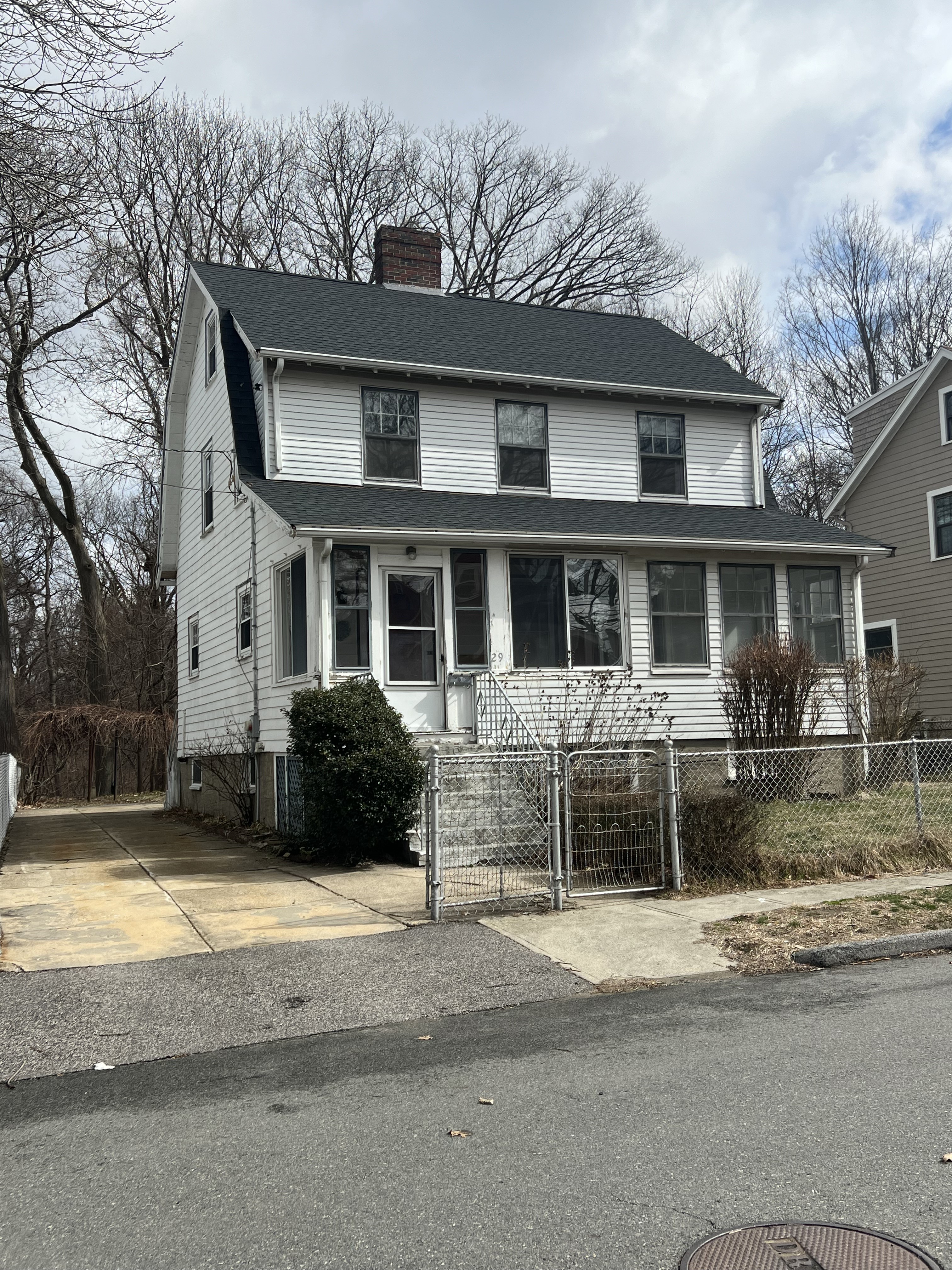How to Deal with Moisture Issues Before Refinishing Your Basement
When refinishing your basement, addressing moisture issues is crucial to ensuring a successful and long-lasting result. Basements are often prone to humidity, water leaks, and condensation, leading to mold growth, structural damage, and the deterioration of finished materials. Before embarking on your renovation project, it is essential to identify the source of moisture, whether from groundwater, plumbing leaks, or poor ventilation, and implement effective solutions.
Assessing Your Basement’s Moisture Levels
Assessing the moisture level in your basement is a critical step before undertaking any refinishing project, as it helps identify existing problems and determine the appropriate solutions. Start by visually inspecting the space for signs of moisture, such as damp walls, water stains, or mold growth, which can indicate elevated humidity or leaks.
Utilize moisture meters to obtain accurate readings of the moisture content in walls, floors, and the air, focusing on areas prone to dampness. Additionally, consider performing a simple test by sealing a plastic sheet against the concrete floor for 24 to 48 hours; condensation underneath suggests excessive moisture. By systematically evaluating these factors, you can better understand your basement’s moisture levels, allowing for targeted interventions to create a dry and stable environment.
Improving Drainage Around Your Home
Improving drainage around your home is essential for preventing moisture issues in your basement and ensuring the long-term integrity of your foundation. Start by evaluating the grading of your landscape; the ground should slope away from the foundation to direct water away from the house. Installing or repairing gutters and downspouts is crucial; ensure they are clear of debris and extend at least six feet from the foundation.
Consider adding drain tiles or a French drain system around the perimeter of your home to capture and redirect excess water. By implementing these drainage solutions, you can significantly reduce the risk of water infiltration and protect your basement from moisture-related problems.
Repairing Plumbing Leaks
Start by thoroughly inspecting all exposed pipes for signs of leaks, such as water stains, dripping, or rust. Common sources of leaks include worn-out pipe joints, loose connections, or damaged seals, all of which can be repaired by tightening fittings, replacing seals, or using appropriate sealants. For more serious issues like cracked pipes, professional plumbing assistance may be necessary to replace the damaged sections. Fixing these leaks promptly prevents ongoing moisture buildup and protects your basement from water damage before you proceed with refinishing.
Contracting Services in Concord MA
Here at Driscoll Contracting, we work with homeowners throughout Massachusetts to provide siding, roofing, kitchen/bathroom remodeling, and basement finishing services. If you are looking for any services in the Massachusetts area, please contact our team.





